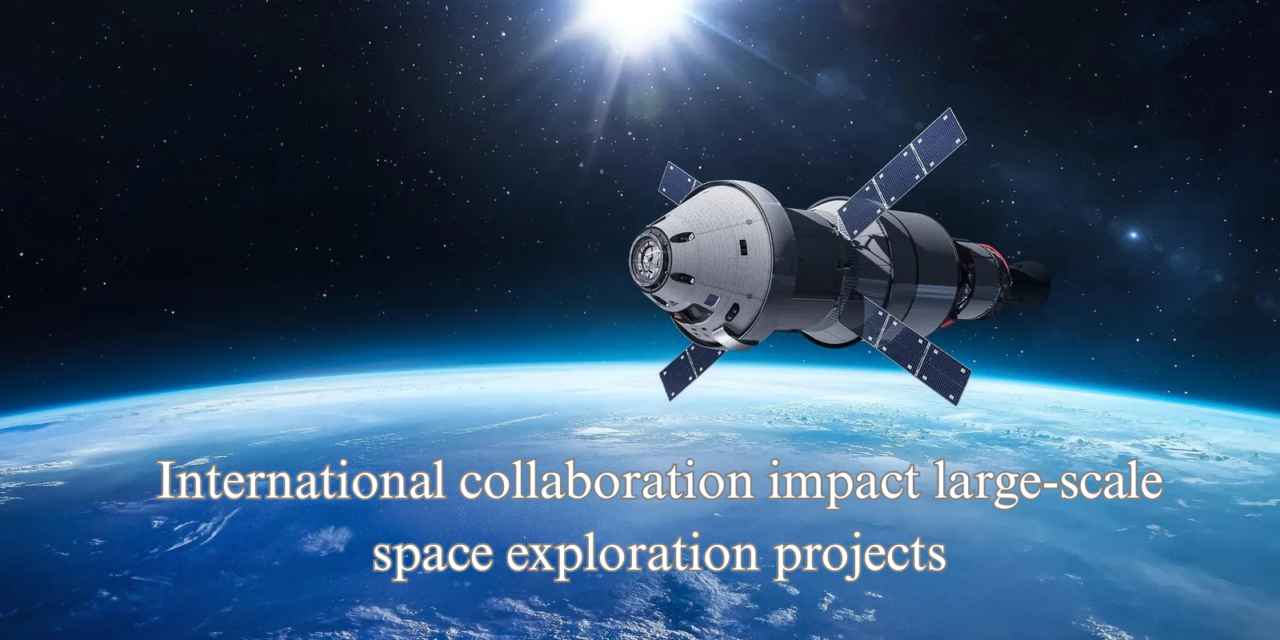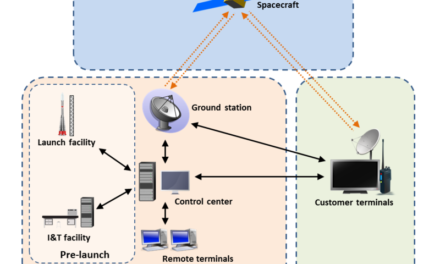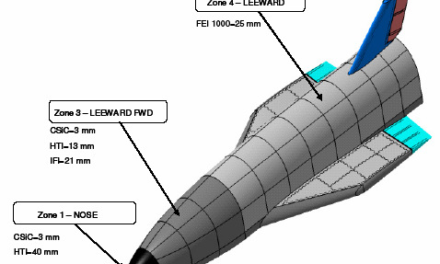International collaboration significantly impacts large-scale space exploration projects by pooling resources, expertise, and funding from multiple countries and organizations. This cooperative approach enables more ambitious missions, fosters innovation, and strengthens global relationships. Here’s an in-depth look at the impact of international collaboration:
1. Shared Costs and Resources
- Cost Sharing:
- Large-scale space exploration projects, such as lunar bases or interplanetary missions, often require billions of dollars. Collaboration allows countries to share financial burdens, making these missions more feasible.
- Example: The International Space Station (ISS), with contributions from NASA, Roscosmos, ESA, JAXA, and CSA, distributes its $100 billion cost across participating nations.
- Resource Sharing:
- Partner nations contribute infrastructure, technology, and personnel. For example, one country may provide launch services, another mission payloads, and others operational support.
2. Access to Advanced Technologies
- Technology Exchange:
- Collaboration enables countries to leverage each other’s expertise and technologies. For example:
- NASA’s Orion spacecraft benefits from ESA’s European Service Module.
- ESA’s JUICE mission to Jupiter incorporates instruments developed by multiple countries.
- Collaboration enables countries to leverage each other’s expertise and technologies. For example:
- Accelerating Innovation:
- Multinational teams often drive technological breakthroughs, as diverse perspectives and expertise contribute to solving complex challenges.
3. Global Scientific Advancements
- Data Sharing:
- Collaborative projects facilitate the sharing of scientific data, accelerating discoveries and avoiding duplication of effort.
- Example: Data from the James Webb Space Telescope (JWST), a collaboration between NASA, ESA, and the Canadian Space Agency (CSA), is shared worldwide for scientific research.
- Expanding Knowledge:
- Partnerships allow scientists from participating nations to engage in cutting-edge research, fostering a global knowledge base.
4. Ambitious Mission Scalability
- Larger Projects:
- International partnerships make large-scale projects, such as lunar bases or Mars sample return missions, logistically and financially possible.
- Example: The Artemis program relies on collaboration with ESA, JAXA, and CSA to achieve its goal of returning humans to the Moon.
- Risk Distribution:
- Collaboration spreads the technical and operational risks across multiple stakeholders, increasing mission reliability and robustness.
5. Fostering Peaceful Relations
- Diplomacy Through Space:
- Joint space initiatives promote peaceful cooperation among nations, even in politically tense times.
- Example: Despite geopolitical tensions, the ISS remains a symbol of international collaboration.
- Trust Building:
- Shared goals in space exploration build trust and foster long-term relationships between countries.
6. Inspiring Future Generations
- Global Inspiration:
- Collaborative missions capture the imagination of people worldwide, uniting humanity around a common goal.
- Example: The Apollo-Soyuz Test Project (1975) symbolized the potential for unity during the Cold War, inspiring future international partnerships.
- Educational Opportunities:
- Collaborative projects create opportunities for students and researchers across nations, fostering the next generation of scientists and engineers.
7. Standardization and Interoperability
- Developing Global Standards:
- International projects encourage the creation of common protocols for spacecraft design, communication, and operations.
- Example: The ISS uses standardized docking systems and communication protocols, enabling contributions from diverse partners.
- Interoperable Systems:
- Joint missions require compatible technologies, promoting innovation and efficiency across the space industry.
8. Addressing Global Challenges
- Climate and Environmental Monitoring:
- Collaborative satellite missions like the Copernicus Earth Observation Program (ESA and EU) provide critical data on climate change, deforestation, and natural disasters.
- Planetary Defense:
- Missions like NASA’s DART and ESA’s Hera demonstrate how international efforts can protect Earth from asteroid impacts.
9. Political and Logistical Challenges
- Complex Decision-Making:
- Multinational projects involve balancing diverse priorities, which can lead to delays or conflicts.
- Funding Disparities:
- Unequal contributions from partners may create tension or dependency on larger contributors.
- Export Control Regulations:
- Policies like the U.S. ITAR (International Traffic in Arms Regulations) can complicate technology sharing and collaboration.
10. Examples of Successful International Collaborations
A. International Space Station (ISS)
- Participating Agencies: NASA (USA), Roscosmos (Russia), ESA (Europe), JAXA (Japan), CSA (Canada).
- Achievements:
- Continuous human presence in space since 2000.
- Enabled groundbreaking research in microgravity and international cooperation.
B. James Webb Space Telescope (JWST)
- Participating Agencies: NASA, ESA, CSA.
- Achievements:
- Advanced technologies for infrared astronomy.
- Unprecedented insights into the early universe.
C. Artemis Program
- Key Partners: ESA (service module for Orion), CSA (robotic systems), JAXA (lunar gateway logistics).
- Goal: Establish a sustainable human presence on the Moon.
D. Mars Sample Return
- Collaboration: NASA and ESA.
- Objective: Collect and return samples from Mars to Earth for detailed analysis.
E. Copernicus Earth Observation Program
- Led by ESA and the European Union.
- Provides critical environmental data for global monitoring and disaster response.
Future Opportunities in International Collaboration
- Lunar and Martian Habitats:
- Cooperative development of sustainable outposts on the Moon and Mars.
- Asteroid Mining:
- Joint missions to explore and utilize asteroid resources.
- Global Governance:
- Development of international frameworks for space traffic management and debris mitigation.
- Deep-Space Missions:
- Collaborative missions to explore Europa, Titan, and beyond.
Conclusion
International collaboration is essential for advancing space exploration, enabling humanity to tackle challenges that no single nation could achieve alone. By pooling resources, sharing knowledge, and fostering diplomacy, these partnerships drive innovation and inspire a collective vision of exploring the cosmos for the benefit of all.
Hashtags
#GlobalSpaceCollaboration #InternationalSpaceEfforts #CollaborativeSpaceExploration #GlobalSpacePartnerships #SpaceWithoutBorders #LargeScaleProjects #MegaSpaceMissions #GlobalSpaceProjects #InternationalSpaceMissions #AlliedSpaceExploration #TechnologicalAndResourceSharing #SharedSpaceTechnology #GlobalSpaceInnovation #JointSpaceResearch #CollaborativeSpaceTech #SpaceAgenciesAndPartnerships #NASAAndESA #InternationalSpaceAgencies #SpaceExplorationPartnerships #AlliedSpacePrograms #ExplorationAndScienceGoals #ExploringTogether













